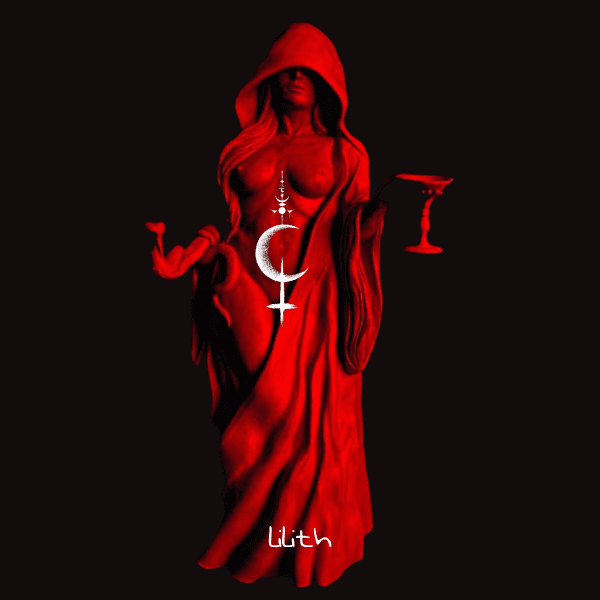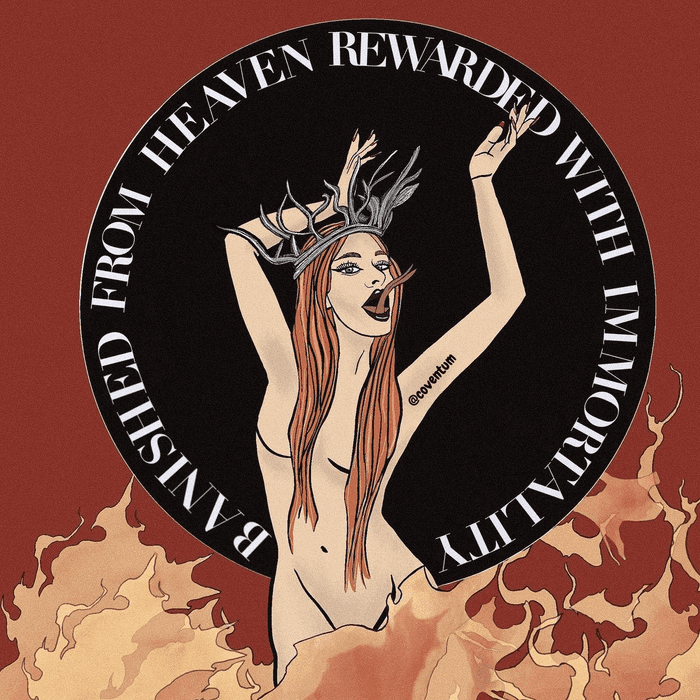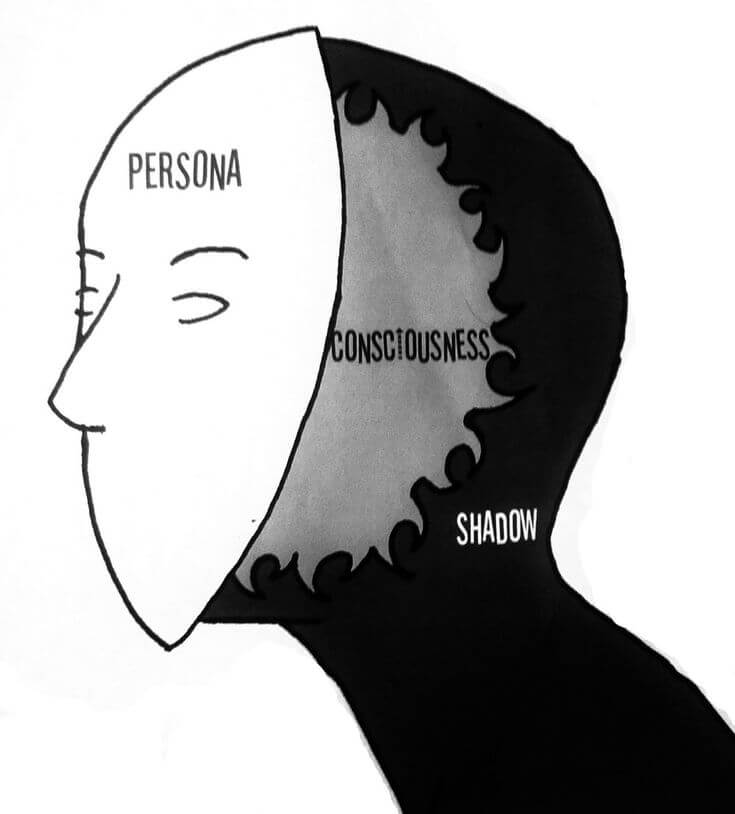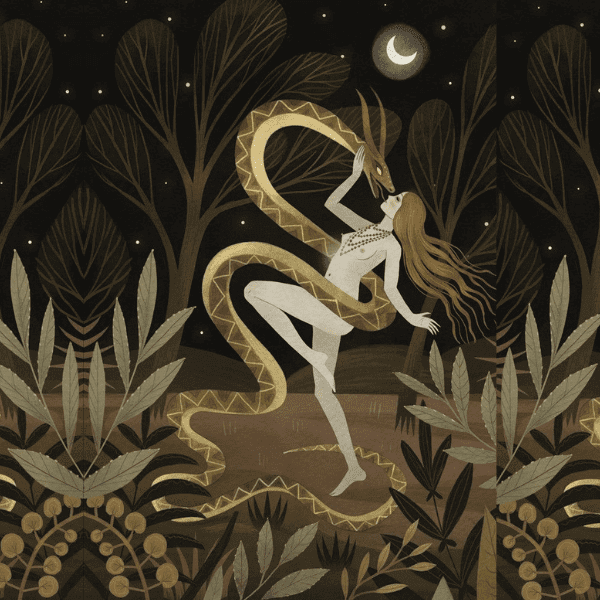Beneath the moon’s silvery gaze, hidden in the cracks between light and shadow, lies a force that defies neat categorization. This is the realm of the dark feminine—a primal, untamed energy that dances outside society’s expectations. Rooted in Jung’s concept of the shadow self, this archetype embraces the raw, rejected parts of the psyche. And no figure embodies this more fiercely than Lilith, the ancient goddess who refused to kneel.
The Dark Feminine: A Dance with Shadows

The dark feminine isn’t about evil or malice. It’s the wild, unapologetic essence that cultures often bury: intuition, rage, sensuality, and autonomy. Carl Jung called the shadow the “unseen self,” the parts we disown to fit in. Integrating this shadow isn’t a descent into darkness but a reclaiming of wholeness. Enter Lilith, the ancient Lilith goddess who embodies this rebellion.
Myths paint her as a demon, a seductress, a chaos-bringer. But dig deeper. Her story is one of radical self-ownership.
Lilith: The First Woman Who Said “No”

Long before Eve, the Lilith goddess story begins in Mesopotamia. As the Sumerian goddess, she emerged from the wild edges of creation, equal to Adam in the earliest texts. When he demanded submission, she refused. The story of Lilith and Adam spiraled into a cosmic divorce—Lilith chose exile over obedience, becoming a dark goddess, Lilith howls in the wilderness.
Here, she transforms. The demon goddess label clings to her, a patriarchal smear for a woman who dared to leave.
Jungian Shadows: Lilith as Mirror
Jungian psychology sees myths as mirrors of the psyche. Lilith’s exile reflects our own repressed desires: the need for autonomy, the hunger to prioritize oneself, the fury at being diminished. Deny these, and the shadow festers. Embrace them, and the Lilith divine feminine surges forth.

In a Jungian view, she isn’t just a myth. She’s an archetype, a spiritual deity living in the collective unconscious. To invoke her is to confront the parts of ourselves deemed “too much”—too bold, too hungry, too free.
Sigils, Symbols, and Rituals: Invoking Lilith’s Power
How do we channel this energy? Start with herself and her symbols. You can carve Lilith sigil or symbol into candles, wear a Lilith pendant jewelry, or meditate on its lines. Each curve whispers her story: autonomy as sacred.
Moon rituals deepen the bond. As Lilith is the dark moon goddess, she thrives in darkness. Charge tools under the new moon, journal repressed desires, or scream into the night. Let her teach you the language of boundaries.
To work with Lilith is to reject shame. Maybe, dance naked under the stars or swim naked in the darkness of the night. Write a manifesto of your needs. Burn what no longer serves you. She doesn’t offer gentle hugs—she hands you a sword and demands you carve space for your truth.
The Alchemy of Integration
Shadow work isn’t about becoming Lilith. It’s about recognizing her fire within. Meeting and activating your Lilith archetype within yourself. When we stop fearing our “demonic” traits—anger, ambition, sexual agency—we reclaim power.

Lilith’s myth, once a cautionary tale, now lights the path for those ready to stop apologizing. She asks: What freedoms have you buried? What wildness have you silenced?
The answers might terrify. But in that terror lies liberation—a moonlit howl echoing through the ages.
References:
- The Jung Page, “The Dark Feminine”
- Patheos, “A Jungian Interpretation of the Goddess”


